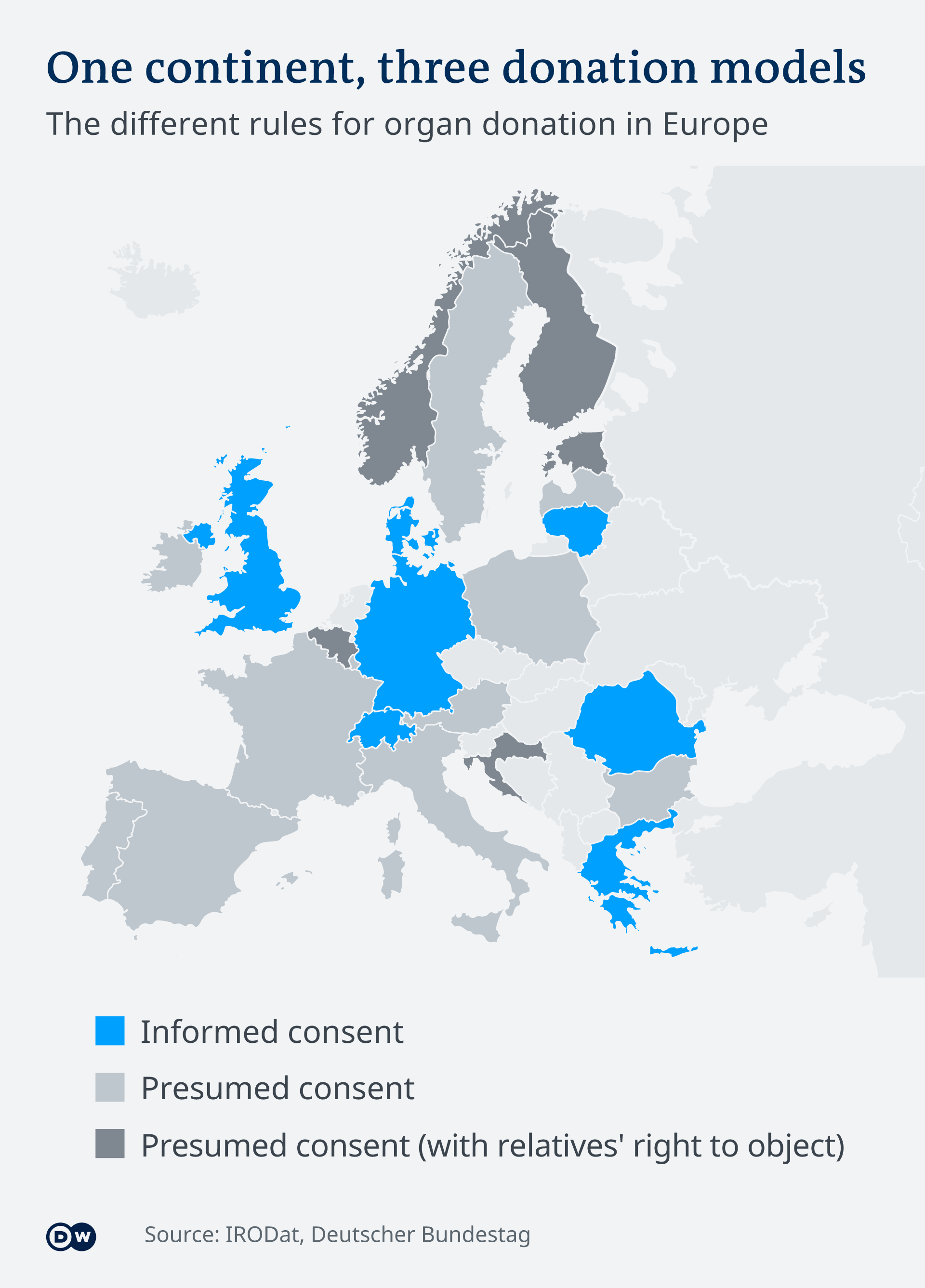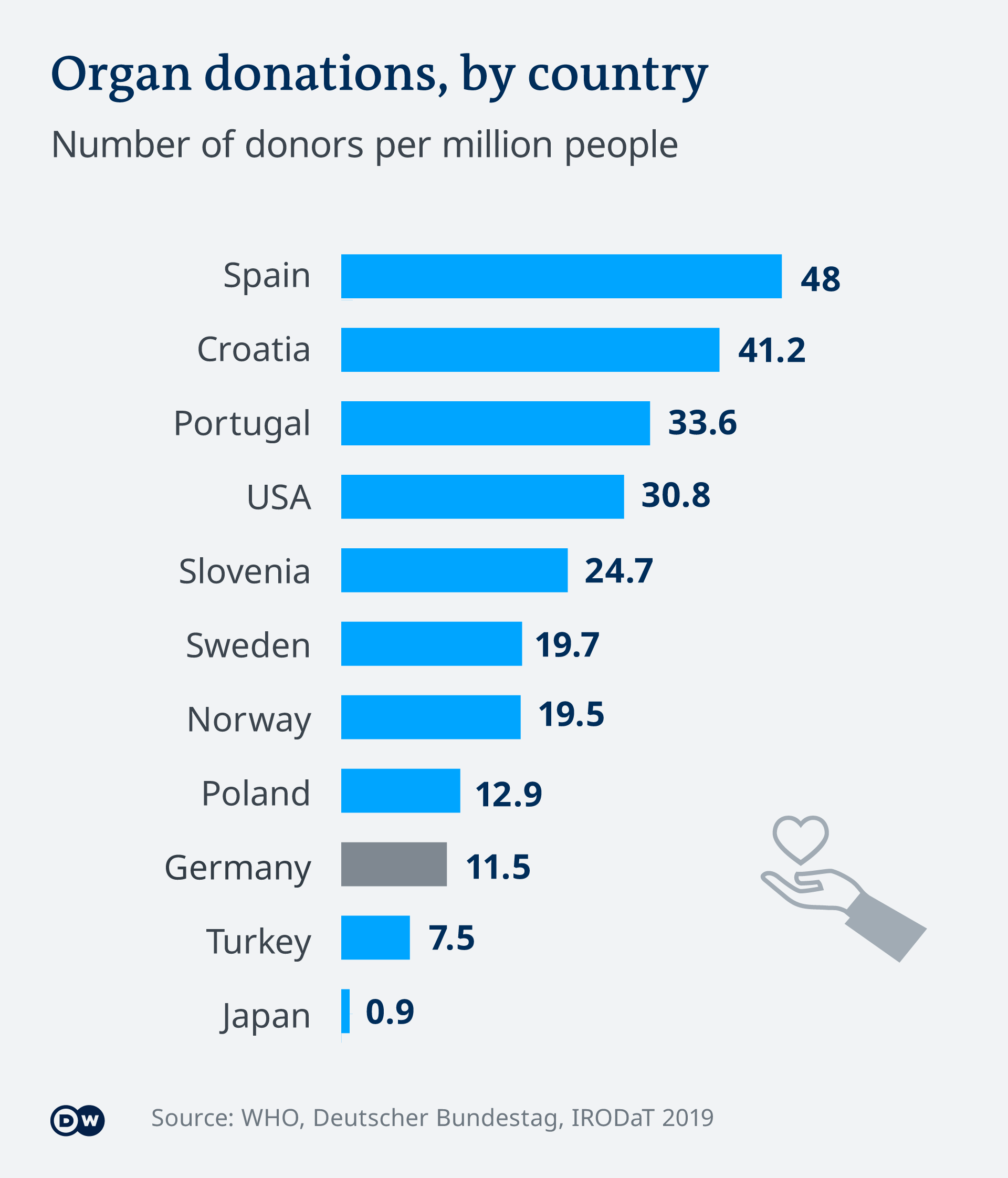I've recently been involved in several efforts to present data to policy makers who, rightly or wrongly, react more strongly to well-told stories than to comparisons of data distributions.
The reason that scientists of all sorts are distrustful of stories--i.e. anecdotes--is that anecdotes can be outliers, unrepresentative of the underlying data. (Think of political ads that feature particularly memorable crimes committed by paroled prisoners, or immigrants, etc.)
But while comparing data distributions may be more persuasive to scientists, anecdotes, responsibly presented, remain useful for communicating with non-scientists. And so I've found myself arguing to colleagues that we should present data "anectdataly," by illustrating our statistical results with anecdotes that represent well the underlying statistical data.
So...we're in neologism territory here, inventing appropriate new words.
andecdatum. (plural: anecdata)
anecdataly (also anecdatally)
The reason that scientists of all sorts are distrustful of stories--i.e. anecdotes--is that anecdotes can be outliers, unrepresentative of the underlying data. (Think of political ads that feature particularly memorable crimes committed by paroled prisoners, or immigrants, etc.)
But while comparing data distributions may be more persuasive to scientists, anecdotes, responsibly presented, remain useful for communicating with non-scientists. And so I've found myself arguing to colleagues that we should present data "anectdataly," by illustrating our statistical results with anecdotes that represent well the underlying statistical data.
So...we're in neologism territory here, inventing appropriate new words.
andecdatum. (plural: anecdata)
- noun. an anecdatum is a single story that represents the underlying data distribution, e.g. by illustrating its mean or mode. (Compare to "anecdote".)
anecdata
- plural of anecdatum
- a collection of stories that together illustrate key features of a statistical distribution (or comparisons of distributions) that may not be well illustrated by a single anecdatum.
anecdatal
- adjective: stories illustrating statistical evidence collected as part of systematic scientific evaluation: (as in "the statistical presentation was supplemented with anecdatal evidence.")
anecdataly (also anecdatally)
- adverb. (as in "the executive summary was presented anecdataly and with summary statistics, with the details of the data presented in the body of the report.")




